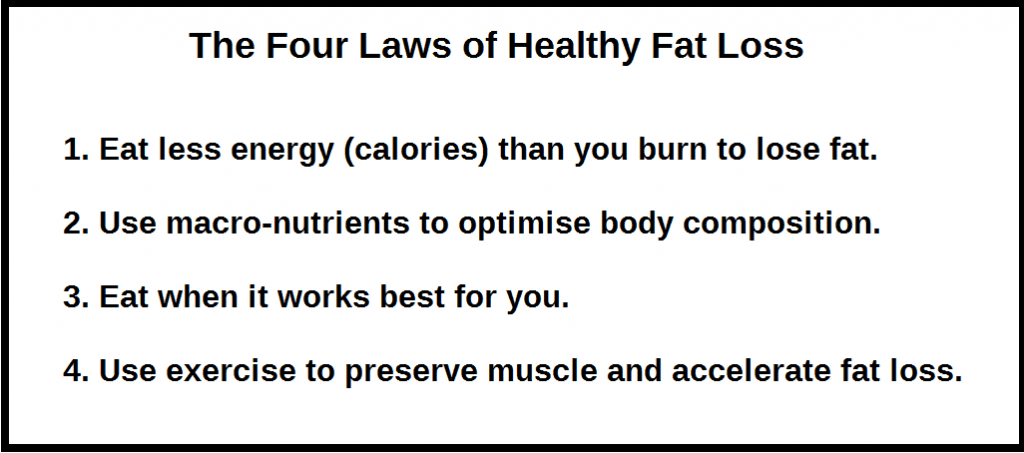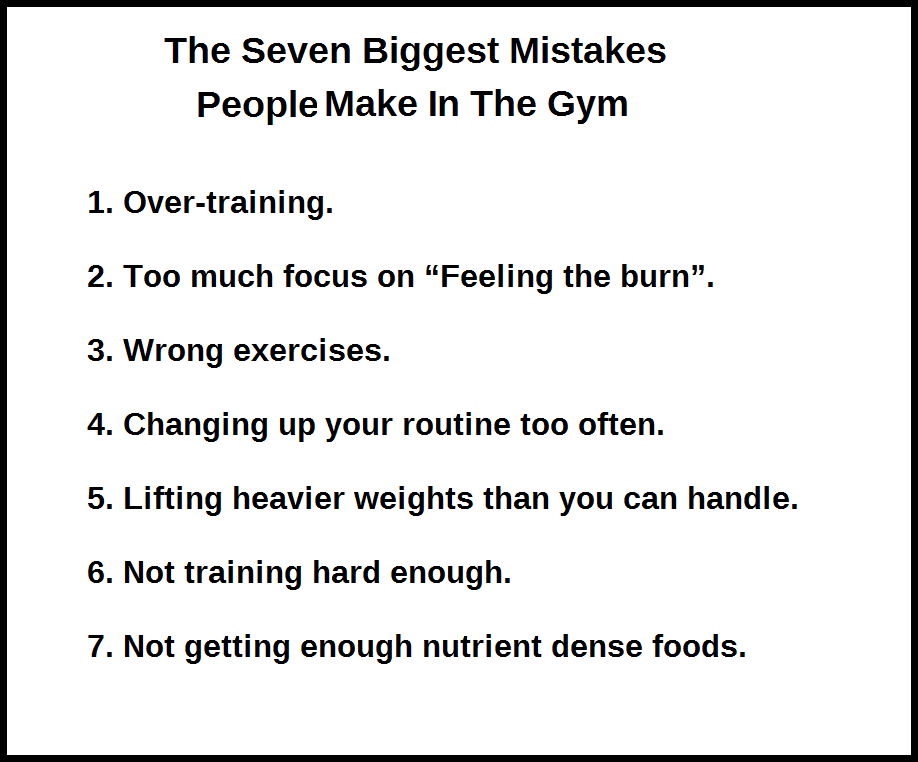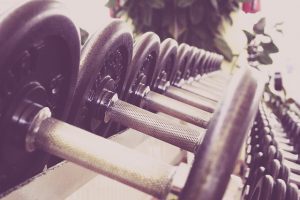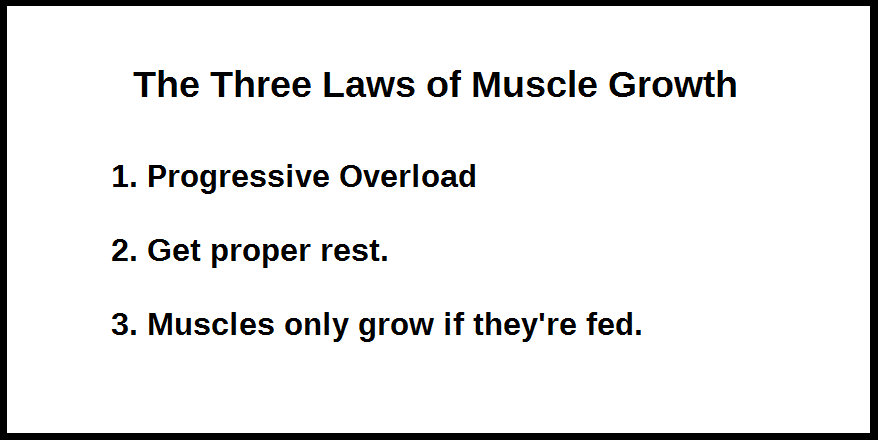
If you are new to lifting weights and eating well then I cannot recommend this book highly enough. This is exactly what you need to do to gain muscle. For the advanced trainers – you won’t learn much you don’t already know. However, laying it out in such a practical way might highlight a part of your regime that’s fallen off track. It has around 220 pages of high quality content. If you have a good grasp of the basics you could learn everything simply from the summaries at the end of each chapter. I read it all in a day and will continue using the principles for life.
Book six is …
Bigger Leaner Stronger by Mike Matthews

PRO TIP: Take notes! When you read a book, use a blank sheet of paper as a bookmark. Write down any interesting facts and information from the book. This condenses a whole book into 3-4 pages of key notes that are important and relevant to you.
My Notes
There is no need for 95% of supplements on the market, they don’t work!
- Magazines and websites over-complicate everything to pad out their money-generating content. The truth is you could summarise everything in 20 to 30 articles.
Getting in shape is not about a number on the scale, it’s ultimately about Body Fat % and how you look in the mirror.
It can take 2-7 days to fully repair muscle after a workout.
The 5 Biggest Fat Loss Myths: Not counting calories at all. Using cardio to lose fat. Fad dieting. High rep weightlifting. Trying to “spot reduce” fat.

Junk food triggers a dopamine release that forces our body to act upon impulse.
- Dopamine triggered by one action leads us to be more likely to take subsequent actions, making it harder to say no to temptation.
“When we consider how over-targeted and over-stimulated our dopamine neurons really are, it’s no surprise that the average person is an overweight procrastinator hooked on ice cream, video games, TV shows and social media”
The more stressed we are, the harder it is to make sensible diet decisions.
- Having obese friends and family members dramatically increases your chances of becoming obese too.
- Define your ideal body – find pictures of those with your ideal physique and use them as motivation Bodyspace.
Section 3: Diet
- Seven Aspects of Nutrition: Calories, Protein, Carbs, Fat, Water, Vitamins & Minerals, and Calcium.
- One gram of Protein per lb body-weight per day is a bodybuilding staple.
- Best choices of protein are meat, dairy and eggs. Second to those are legumes, nuts, peas, broccoli and spinach.
- A diet high in soy reduced sperm count in men and increased estrogen, so avoid soy!
- Some say there’s a limit of protein you can absorb in one meal of around 30-40 grams. This is a myth.
- The danger of sugar is that it’s fast absorbed and leaves you hungry soon after, even in high calorie doses.
- High, long term intake of simple carbs has been linked to increase risk in heart disease and type II diabetes
- If you’re overweight and don’t exercise, you shouldn’t eat a large amount of simple sugars every day as your body can’t handle it.
- Avoid Trans fats at all costs.
Low-carb diets inhibit testosterone, increase cortisol (stress hormone) and make it harder to gain muscle and strength
.

Chapter 14 – The “Diet”
It is difficult to build any muscle while in a fat loss calorie deficit. The goal while on a fat loss diet is simply to preserve muscle.
More body fat also drops testosterone (male hormone) and raises oestrogen (female hormone).
The more body fat you have, the more “fat storing” effect carbs have in a diet.
- Cheap sources of nutritious food: Eggs, Chicken Breast, Almonds, Low Fat Cottage Cheese, Protein Powder, Avocado (really?!), Oats, Black Beans, Brown Rice, Quinoa, Fruit, Sweet Potato

Section 4: Training
Train 1-2 muscle groups per day, set of 4-6 reps for nearly all exercises.
- Do 9-12 Heavy Sets per workout.
- 50-70 reps performed with each major muscle group every 5-7 days is best for natural lifters

Supplements
- You don’t need BCAA’s if you get sufficient protein pre and PWO from whey etc.
- Take Creatine monohydrate at the same time as carbs to increase effectiveness, 3-5 grams post workout.
- Glutamine is only good for anti-stess or anti-fatigue, not building muscle.
- Fish Oil increases muscle protein synthesis, reduces muscle soreness, inflammation, anxiety, blood pressure, depression and risk of stroke. It also improves memory and cognitive performance, and speeds up fat loss!
- 1.3-2.7 grams of omega-3 a day i.e. check ingredients to see how much fish oil provides that
- Most important supplements in order: Vitamin D, Multi-vitamin, Fish Oil, Protein Powder, Spirulina, Creatine (and Caffeine for fat loss)
As you can see i’ve made really comprehensive notes on this book. While there’s nothing incredibly technical it is a fantastic overview of the core concepts. This is almost identical to the notes I made at undergraduate level in Sports Science. For the beginner to intermediate lifter with less than 3 year experience, you will find a lot of useful information in this book. If I had this available when I first started lifting at 16 years old it pains me to think how much stronger and leaner i’d have been in my twenties.

